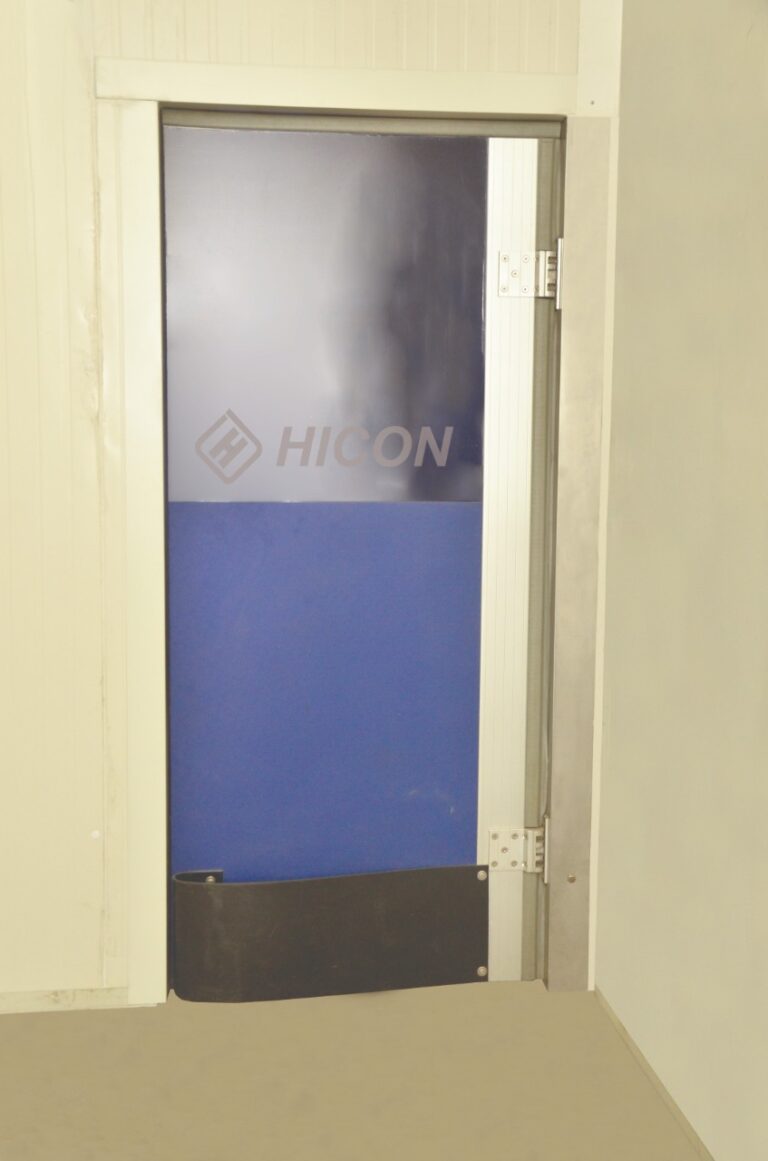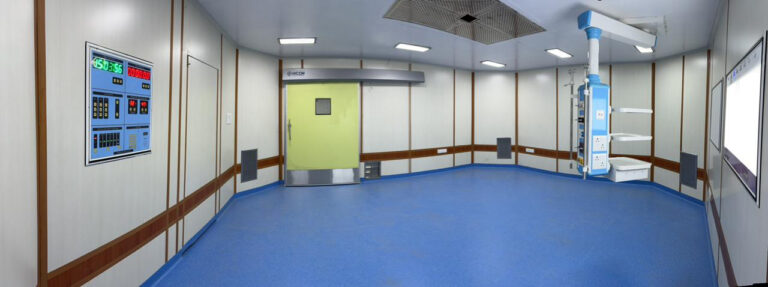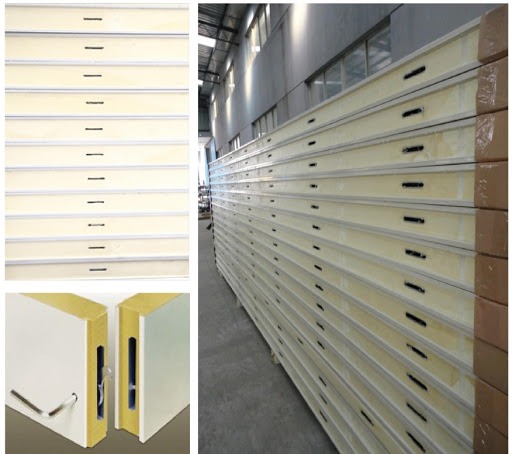In the pharmaceutical industry, maintaining a sterile environment is of the utmost importance to ensure the safety and efficacy of pharmaceutical products. One of the most important steps to achieving this goal is choosing the right door in a clean room. A high-quality pharmacy cleanroom desk not only helps comply with strict regulations but also enhances operational efficiency and safety. Here’s a comprehensive guide to help you choose the right pharmacy cleaning desk for your facility.
Understanding the Importance of Pharmaceutical Clean Room Doors
Clean pharmacy doors are designed to harmonize the controlled environment by preventing external contamination. They play a key role in ensuring that the air quality, temperature and humidity levels in the clean room remain consistent and within defined limits Choosing the right door is essential to comply with Good Manufacturing Practices (GMP) . and other industry standards.
Key Factors to Consider
1. Compliance with Standards and Regulations
Ensure that the pharmacy cleanroom table you choose complies with industry standards and regulations such as ISO 14644, GMP, and FDA requirements. This standard specifies the design of the door, the materials to be used and the operation to ensure that it meets the standards necessary to maintain a simple environment
2. Material and Construction
Room door cleaners should be durable, easy to clean and resistant to dirt. Typical materials include stainless steel, aluminum and special polymers. The structure must be durable enough to withstand the demands of the medical environment and to prevent any possible contamination.
3. Design and Functionality
Consider the design of doors, including features such as airtight seals, automatic locking mechanisms, and smooth surfaces. The door must form an effective barrier against contamination and provide easy access and use. Features such as interconnected systems and electronic access can improve efficiency and safety.
4. Size and Configuration
Clearance doors should be sized to match the size of the door frame and accommodate any equipment or personnel that need to pass in. Additionally, consider one or two systems, such as a single door, and measure about whether it will be made of sliding or hinged which is more suitable for your space.
5. Ventilation and Pressure Control
Adequate ventilation and pressure control are essential in a cleanroom. Select a door that supports these controls to ensure a good fit within the pressure differential requirements of the cleanroom. Doors with built-in ventilation systems or air handling systems can help maintain the required environmental standards.
6. Customization and Integration
Sometimes a custom door doesn’t meet all the specific needs of your facility. Look for providers like HIKOM International LLP who offer customized solutions to suit your needs. Customization options can include unique shapes, finishes, and integration with existing cleanroom systems.
7. Cost and Value
While it is important to consider the cost of a door, value should be prioritized over value. Investing in a high-quality, compliant, and durable pharmacy cleanroom door will ultimately save you the costs associated with potential contamination problems and maintenance.
Conclusion
Choosing the right pharmaceutical clean room door is an important decision that affects the overall integrity and efficiency of your facility. By considering factors such as compliance, materials, design and performance, you can choose a door that meets regulatory standards and improves your cleanroom performance HIKOM International LLP offers medical cleanroom doors types designed to meet the highest industry standards and ensure a sterile environment for your operations.



